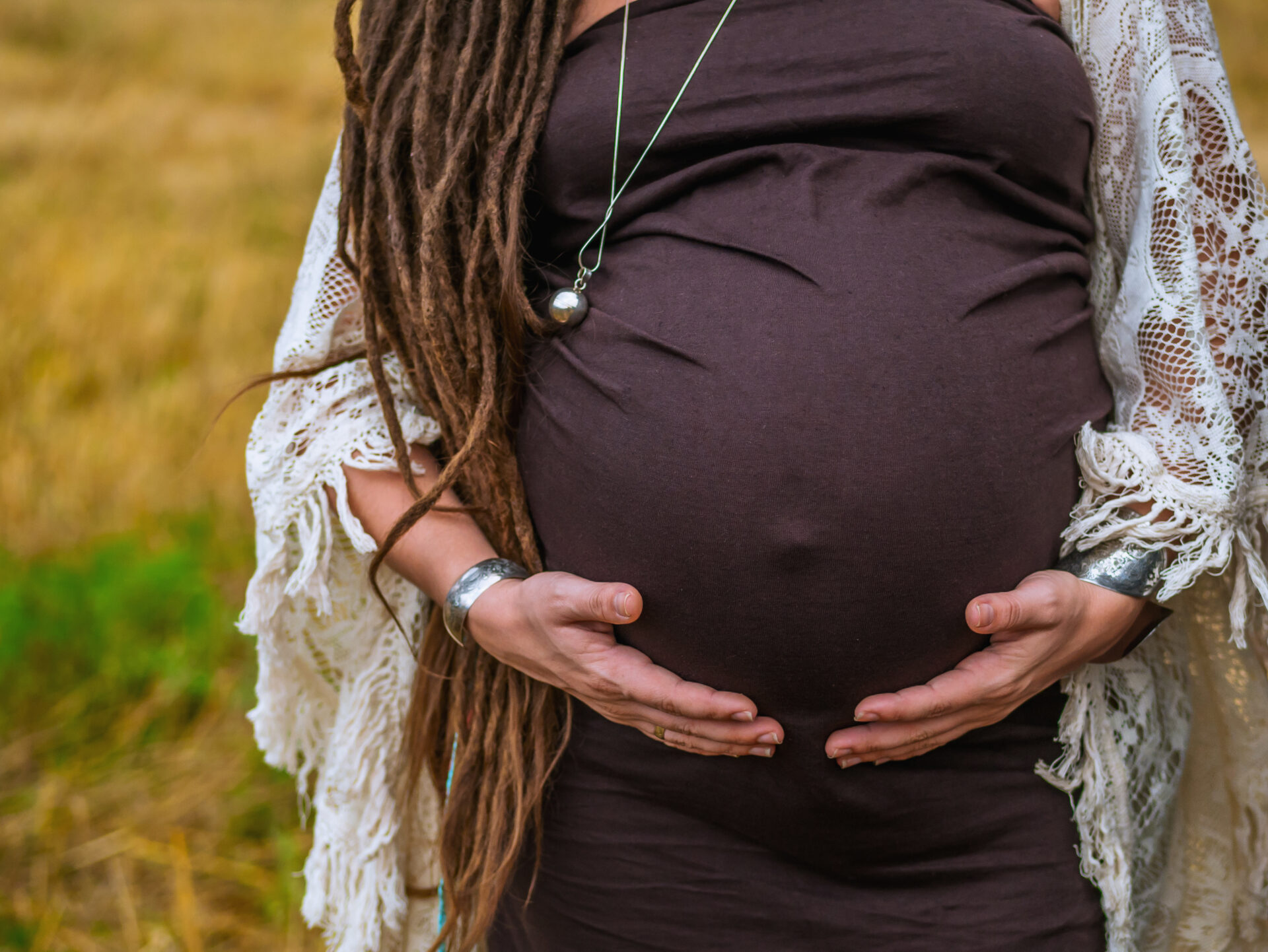West Virginia earned an “F” on its March of Dimes report card for infant and maternal health.
The national percentage of preterm births (PTB) is 10.4 percent, while West Virginia’s rate is 13 percent.
The World Health Organization defines PTB as babies born alive before 37 weeks of pregnancy are completed.
Many factors can contribute to PTB including smoking, hypertension, unhealthy weight and diabetes.
The infant mortality rate in West Virginia increased in the last decade. Infant mortality is defined by the CDC as “the death of an infant before his or her first birthday.” In 2021, 117 babies died before their first birthday in West Virginia.
The Medical Director of West Virginia University’s Neonatal ICU, Autumn Kiefer, said the report shows the state has more work to do to improve outcomes.
“I think there is a need for education of the community in general about things like what preterm labor looks like, what can be done in a healthcare setting to help treat and improve outcomes for moms that do experience preterm labor or have a history of preterm birth,” Kiefer said.
Outcomes are even worse for babies born to Black birthing people. The PTB rate for Black babies is 1.4 times higher than the rate among all other babies while the infant mortality rate among babies born to Black birthing people is 1.6 times higher than the state rate.
According to the report, from 2019 to 2021, the leading causes of infant death in West Virginia were birth defects, PTB or low birth weight (LBW) and maternal complications.
“Making sure that folks are aware that if they have that concern that they could be in preterm labor or if they’re not feeling well, and there’s different with the moms with preeclampsia, all kinds of reasons that they may need to deliver preterm,” Kiefer said. “It’s so important to get checked out because there are things that can be done for mom and baby that can improve the chances of a good outcome is born preterm.”
The primary causes of infant mortality include birth defects, preterm birth and low birth weight, sudden infant death syndrome, accidents and injuries, and maternal pregnancy complications, according to both the CDC and March of Dimes.
In West Virginia, unhealthy weight was reported in 42.9 percent of all births and smoking in 17.9 percent of all births.
According to the National Center for Health Statistics, from 2018 to 2021, 25.4 per 100,000 births resulted in the death of the birth giver during the pregnancy or within six weeks after the pregnancy ends.
The March of Dimes also reported that West Virginia also has inadequate prenatal care. According to the report, almost 13 percent of birthing people received care beginning in the fifth month or later, or less than 50 percent of the appropriate number of visits for the infant’s gestational age.
The March of Dimes concludes the report by listing policies and funding that would improve and sustain maternal and infant health care. West Virginia does not have paid family leave or a doula reimbursement policy.
“The March of Dimes has suggestions of some additional legislation that can be helpful, based on current national information, like more options for paid family leave,” Kiefer said. “In general, having a new baby is a stressful experience and so having a family feel like they’re supported and have a means to bond with baby and have time to put things in place to get a good system going can help on the infant mortality side of things.”
The state’s expansion and extension of Medicaid scored well alongside a maternal mortality review committee, fetal and infant mortality review and a federal perinatal quality collaborative.
Appalachia Health News is a project of West Virginia Public Broadcasting with support from Charleston Area Medical Center and Marshall Health.
